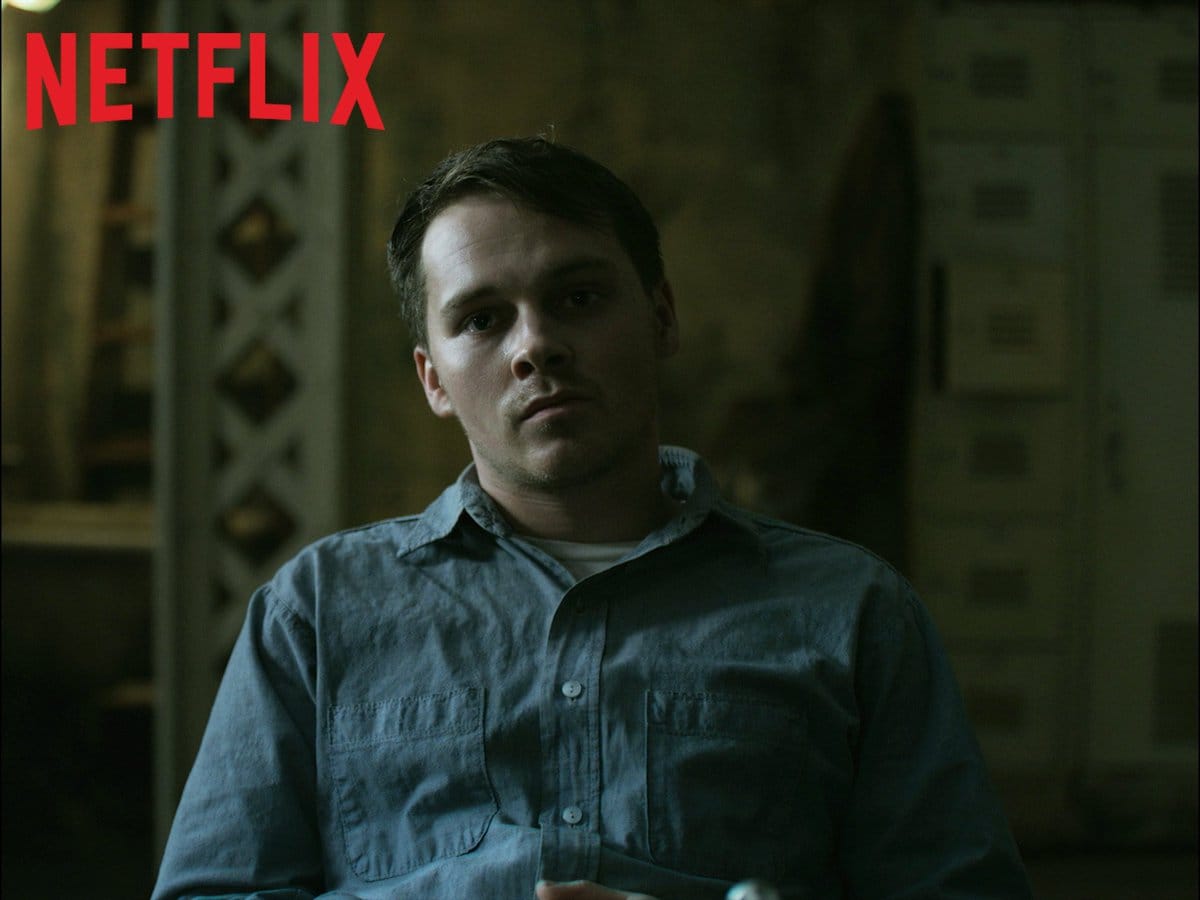A Teenage Terror: The Making of a Monster
Before the groundbreaking psychological profiling techniques depicted in Netflix’s “Mindhunter,” the case of Montie Rissell, a teenage serial killer who terrorized Alexandria, Virginia, in the 1970s, shocked the nation and forever changed the landscape of criminal investigation. His crimes, marked by chilling brutality and a seemingly motiveless nature, exposed a terrifying reality: sometimes, the most innocent-looking faces can hide unspeakable darkness.
Born in 1958, Rissell’s early life was far from idyllic. Raised in a tumultuous household marked by his father’s abandonment and his mother’s subsequent remarriages, his childhood was a breeding ground for instability and potential trauma. Some experts believe that these formative years, although not a direct causal link, may have played a role in shaping his violent tendencies.
Even as a young boy, there were red flags. Reports suggest he exhibited cruelty towards animals—a disturbing pattern often linked to future acts of violence. By the age of 14, his troubled childhood escalated into criminal behavior when he began committing sexual assaults. This early foray into violence foreshadowed the horrors that were to come.
Unveiling the Depravity: Rissell’s Alexandria Killing Spree
In the summer of 1976, at the tender age of 18, Montie Rissell crossed the point of no return. Driven by a twisted cocktail of adolescent rage, burgeoning sexual desires, and a fractured psyche, he embarked on a nine-month killing spree that would leave five families forever shattered.
The victims, all female and ranging in age from 15 to 34, shared the horrifying fate of encountering Rissell’s monstrous impulses:
- August 4, 1976: Aura Marina Gabor, a 26-year-old woman caught in the dangerous cycle of prostitution, becomes Rissell’s first known victim. He later claimed his motive stemmed from a simmering resentment towards her.
- March 6, 1977: Ursula Marie Miltenberger, a 22-year-old, was found murdered after accepting a ride while hitchhiking, a tragic testament to Rissell’s opportunistic approach.
- The remaining victims, whose stories remain etched in the annals of true crime, met similarly brutal ends, each murder seemingly more horrific than the last.
Rissell stalked the streets of Alexandria, often targeting women who lived or worked near him, showcasing a disturbing level of premeditation and a chilling lack of remorse. His crimes, characterized by abduction, sexual assault, and brutal stabbings, grew increasingly violent, suggesting a growing detachment from reality and a descent into utter depravity.
Inside the Mind of a Teenage Killer: The Confession and the Manuscript
In May 1977, Rissell’s reign of terror came to an end, not through astute police work, but through a stroke of luck. While attempting to drown his fifth victim, a 15-year-old girl, in a creek, she managed to escape and alert authorities. Rissell was apprehended shortly after, his monstrous acts finally catching up with him.
What unfolded next would send chills down the spines of even the most seasoned investigators. Rissell, with a chilling calmness that belied the brutality of his crimes, confessed to all five murders. His confession, devoid of remorse or emotion, provided a disturbing glimpse into the mind of a young man consumed by darkness.
But his desire to document his crimes didn’t end there. From his prison cell, Rissell penned a 461-page manuscript, “The Autobiography of a Serial Killer,” offering a detailed account of his crimes, his motivations, and his chillingly detached emotional state. This manuscript, while disturbing, has become a subject of intense scrutiny for criminal profilers and psychologists, seeking to unravel the complexities of a teenage mind capable of such atrocities.
Mindhunter and Beyond: Rissell’s Legacy in the Evolution of Criminal Profiling
The case of Montie Rissell, while horrifying, proved to be a significant turning point in the world of criminal investigation. His crimes occurred in the pre-“Mindhunter” era, a time when criminal profiling was in its infancy. His willingness to engage with investigators, coupled with the disturbing details of his crimes, provided invaluable, albeit unsettling, insights into the mind of a teenage serial killer.
Two FBI agents, John Douglas and Robert Ressler, pioneers in the field of criminal profiling, were brought in to interview Rissell. These interviews, meticulously documented in Douglas’s book “Mindhunter,” were groundbreaking. They delved into Rissell’s past, his psyche, and his motivations, laying the groundwork for the profiling techniques used to apprehend countless criminals in the years to come.
Rissell’s case, thrust back into the spotlight by the Netflix series “Mindhunter,” continues to fascinate and horrify. It serves as a chilling reminder of the human capacity for evil, the complexities of the criminal mind, and the importance of understanding the motivations behind such heinous acts.
While Montie Rissell’s physical reign of terror ended within the confines of a prison cell, the scars he left on his victims’ families and the community of Alexandria remain. His story stands as a chilling testament to the dark potential that can lurk beneath a seemingly normal facade, forcing us to confront the unsettling reality that evil can manifest in the most unexpected of places.
Want to Explore More True Crime?
Ever wanted to glance at one of the most famous houses to exist in the 80s? Head over to the Michael Corleone Blanco house for a virtual tour. If you want to know more about notorious drug dealers, then Mickey Deans is a must-read!


![- [History Of Alexandria Bay Ny]: Unveiling the Enchanting Past of a Thousand Islands Gem History-Of-Alexandria-Bay-Ny_2](https://www.lolaapp.com/wp-content/uploads/2024/02/History-Of-Alexandria-Bay-Ny_2-150x150.jpg)













